
by DAVID FLINT – IN THE event that the Voice referendum is successful, one thing is certain. It will not, indeed cannot, close the gap.
The fundamental requirement for referendum success is the government come with clean hands, as John Howard’s did in 1999.
- The Voice is intrinsically unacceptable, awarding as it does special race-based privileges.
- Segregation, together with “sit-down money”, is the cause of the disastrous situation in Aboriginal communities.
- It has resulted in a level of sexual abuse and violence against children at a level unacceptable in a civilised society.
Anthony Albanese’s began badly. Despite changes, there is still no level playing field.
Thanks to pro-Voice constitutional expert Greg Craven, we know Attorney-General Mark Dreyfus, armed with an opinion from Solicitor-General, was thwarted in his attempt to ensure the Voice wouldn’t be a feast for activist judges.
REPROVING
This was in a meeting with the indigenous working group where, despite being advised, they seized control “haughtily reproving” Dreyfus for “overreaching”. Apparently, “chilling threats” were made.
So much so, Albanese surrendered, blocking the release of the Solicitor-General’s opinion but holding back tears at the public announcement of the final, unchanged version of the Voice.
Under this, there will be no limit to the official bodies to which, and the subjects on which the Voice may make representations, and no limit to the extent to which activist judges can empower it.
To many Australians, and not only conservatives, the Voice in any form is intrinsically unacceptable, awarding as it does special privileges based on race. For those Australians, this recalls such excesses as apartheid and segregation.
The Voice is based on what Quadrant editor and historian Keith Windschuttle describes as a series of up to fifteen myths.
In The Breakup of Australia (2016), and on ADH.TV, he demonstrates that these were invented to persuade Australians of the untruth that their constitution is a racist document in need of radical reform.
There will be at least two clear consequences if the Voice clears the referendum.
First, as the wags said of the MMP reform of the New Zealand election system, it means “many more politicians”.
The Voice’s many more politicians will no doubt be eventually housed in yet another modernist Canberra palazzo with a grand chamber for televised hearings, all with sumptuous offices, high salaries and allowances, overseas travel, gold-plated superannuation, a corps of media advisers and other well-paid staff, and all the other advantages of political office, not only in Canberra but across the land and internationally.
A far worse consequence will be endless litigation, creating a new and lucrative taxpayer-funded field of legal practice, enriching platoons of lawyers expert in the emerging body of judge-created law, while making the country close to ungovernable.
But as with every other peak Aboriginal body, it will have no effect whatsoever on the “gap”. This was entrenched through Liberals ignoring the wisdom of their founder, Sir Robert Menzies.
As originally proposed by Sir Robert, the 1967 referendum was to confirm that all Australians are one. This was to be achieved by repealing the then otiose part of the constitution, section 127. Described as the “no-census provision”, this was yet another myth.
It had nothing to do with the census. It was to ensure that in the allocation of seats in the House, there could be no temptation to exaggerate the number of essentially nomadic indigenous people who were concentrated in three States.
It was stressed in the Federation Convention that the section did not take away any right to vote.
WARNING
But when Menzies retired, his referendum bill was allowed to expire. Prime Minister Harold Holt then agreed to a Labor proposal to add a provision allowing Canberra to legislate on Aboriginal matters, until then a State matter.
Menzies had strongly opposed this, presciently warning that this would only produce a massive Canberra-based bureaucracy.
He argued, correctly, that the federal government could do anything it wanted to do to help the Aboriginal people, without creating a vast, centralised and possibly out-of-control bureaucracy.
This could be more effectively achieved by making conditional grants to the States already authorised under the constitution. But with Menzies gone, no one stood up to Holt on this important question.
After the referendum passed, Holt made another mistake. He made HC (Nugget) Coombs crucially influential in the development of Aboriginal policy. On indigenous matters, Coombs, economically a Keynesian, was on the radical Left.
Coombs was a strong proponent of segregated development, favouring the economic model developed by Tanzania’s Julius Nyerere, who was an admirer of Maoist China.
Nyerere forced through collectivisation which turned a successful food-exporting country into a net importer, bringing the country to the brink of mass starvation.
Coombs opposed the highly successful policy applied by future governor-general Paul Hasluck and favoured by most Aborigines, voluntary assimilation.
Challenging the legitimacy of the British settlement, Coombs was influential in the move to segregate the remote communities and supported a treaty and a separate Aboriginal State.
Segregation, together with the introduction of welfare dependency, derided as “sit-down money”, is the ultimate cause of the disastrous situation today in the remote communities.
FAILURE
The Coombs model is a failure, well explained by Keith Windschuttle. That failure resulted in a level of sexual abuse and violence against children at a level unacceptable in a civilised society, forcing the Howard government intervention in 2007.
John Howard lamented the fact that children of the “tenderest age” had been exposed to “the most terrible abuse” from the time of their birth. The violence and abuse extended to women and men.
A report at the time to the Howard Government pinpointed as part of the cause of this anarchic situation, a loss of the work ethic which had often been a striking feature of the mission-era Aboriginal settlements.
This, the report says, was replaced by a common culture of welfare dependency in the segregated settlements.
The solution to the gap lies in doing what the overwhelming majority of Aboriginal people have done, abandoning segregation and becoming fully assimilated. The Voice can never achieve this.
Following the failure of every other peak indigenous body in the Canberra bureaucracy, it will, if adopted, be even worse, and could even be irreversible.PC


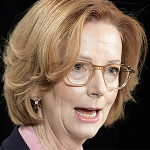
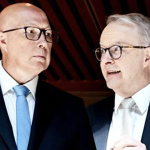
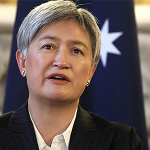
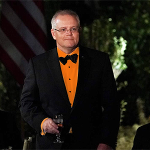
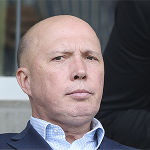

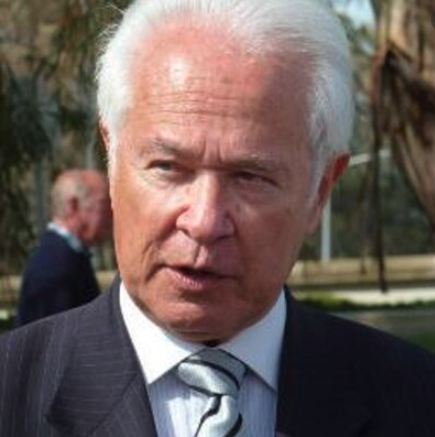



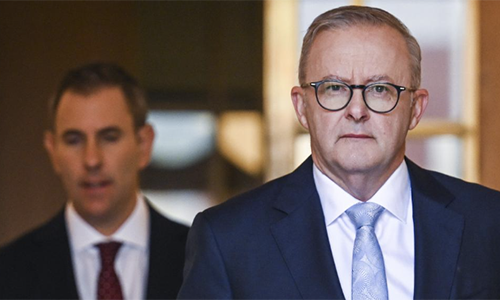
The Voice is nothing more than an attempt by 2 confirmed commies, Albanese and Langton, to subvert our democracy. Once the High Court interprets the Voice, which they will do based on the Uluru statement, the Voice will have sovereignty over parliament and as in every commie nation a small group of unelected elites will have power over the rest of us.
This has nothing to do with assisting aboriginals. That is plain. The reactions to Jacinta price and Warren Mundine and the ignoring of what is happening in the remote settlements show that. The Voice is about power. Once you understand that everything is clear.
Ambassador For Reparations by historian Keith Windschuttle.
And more useful background information on The Voice proposal;
https://quadrant.org.au/writer/keith-windschuttle/
In a referendum held on 27 May 1967, Australians voted to remove references in the Australian Constitution discriminating against First Australians.
The changes to the Constitution included the repeal of 2 sections, Section 51 (xxvi) and Section 127. This enabled the Australian Parliament to:
make special laws for First Australians
include First Australians in the national census.
Reading Labor blog troll comments they believe that writing into the Constitution the Labor ATSIC revival, ATSI Voice, protects it from future governments removing it, even if like ATSIC did ATSIV is also a failure apparently not important.